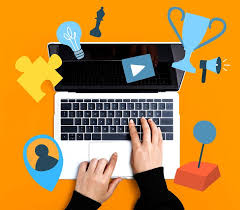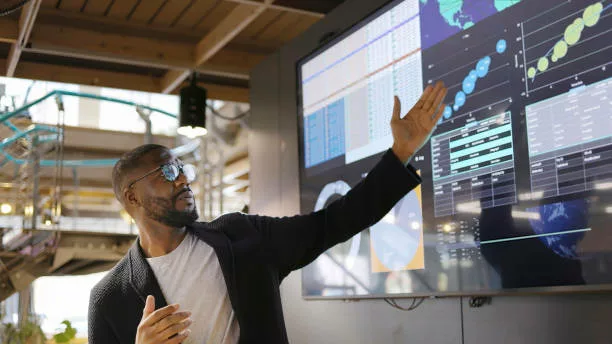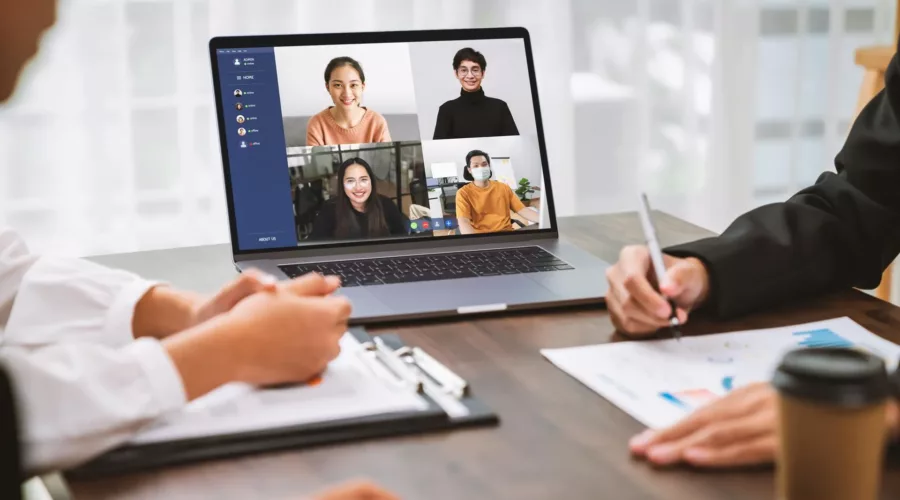The use of games has now become very popular not only for recreational purposes but also for Educational activities as well. Let’s look at How Gamification affects student’s education and how we can learn better with it.
What is Gamification?
Gamification is the use of game-design elements and game principals in non-game contexts. This means that the learners do not have to be too serious all the time.
The gamification theory in education is that learners learn best when they are also having fun. Not only this – they also learn best when they have goals, targets and achievements to reach for, of course in a way the learner still perceives as fun.
Because of the addictive features of video games that intrigue children (and adults) and get their attention, it’s only natural that we see similar engagement results when these game-based elements are applied to learning materials.
Gamification in learning involves using game-based elements such as point scoring, peer competition, team work, score tables to drive engagement, help students assimilate new information and test their knowledge.
It can apply to school-based subjects, but is also widely in self-teaching apps and courses, showing that the effects of gamification do not stop when we are adults.
Technology permeates a lot of our day-to-day lives – having changed the way we live, shop, work, play, eat, meet people and socialise. Policy-makers are starting to explore the potential benefits of using technology to streamline teacher workload.
Gamification also helps to turn a boring work or activity into a fun game. For instance, if you have to attempt to do your assignments and you find it to be very boring. The moment you start to get to transform it to a game-like experience you start to feel more confident about it.
You can even challenge yourself, by solving math problems or reading a book or novel, with your peers. This way you get to see who can work harder and better and each time you do better than others you get a small reward. It makes your school work fun and encourages you to keep doing well.That’s what gamification is all about. Turning your school work into a game like experience such that it can become more fun and enjoyable.
Positive Effects of Gamification in Education
In this article, you will be learning about the positive effects and benefits of Gamification in Education.
01. Motivation and Engagement
A very good benefit of Gamification is that it helps to create experiences that fully engage learners. Gamification holds their attention and motivates them, given that they are striving to reach a goal.
Although some learners may be naturally motivated to reach their goals. However, there are others who need that extra push to actively work on it. When learners feel positive about their learning process and know that they are going to be rewarded. This will help them to become better, and more engaged in their work.
02. Efficiency and Productivity
The use of Gamification in Education offers learners the opportunity to create engaging activities that aids their productivity. Through gamification, learners are able to work efficiently thereby enhancing their overall performance. However, some learners may already have motivation to attain their goals.
Although When learners experience a positive learning process and anticipate rewards for their efforts. They become active participants. This enables them to effectively absorb information and retain it in their long-term memory. Moreover, the knowledge becomes part of an enjoyable experiences
03. Professional and Personal Development
The use of gamification in learning gives a means to monitor both your personal and professional performance. It also improves the effectiveness of your ability to work on yourself.
One valuable approach is a Learning Management System (LMS) that offers comprehensive reporting of a person development. Certain gaming platforms enable the use of online learner progress to track your overall performance. It also helps to know how well you are performing and what you need to improve on.
Conclusion
Gamification as well as technology as a whole has made learning more interesting. The manner through which educational activities takes place with gamification makes it more exciting and worthwhile for the students.
Employing the use of games, promotes the use of trial and error methods. These methods improves students ability to practice till they become perfect. It also helps to improve their overall learning performance. This is why gamification is now a very important part of learning in the classroom.
If you are in need of a school management solution that fits all your school’s needs. You can request for a free demo of our system to see how it works. Sign up here for free.



